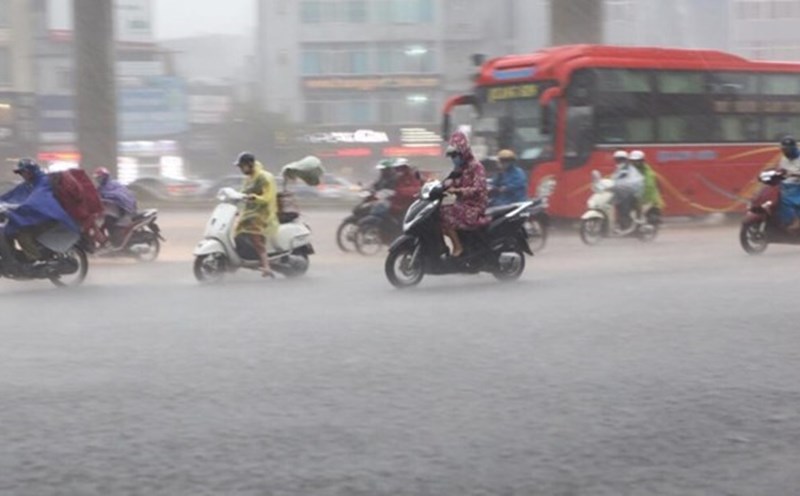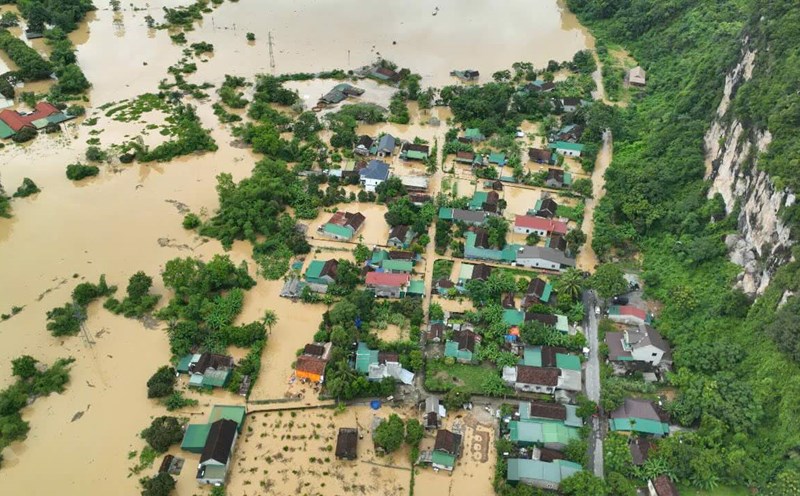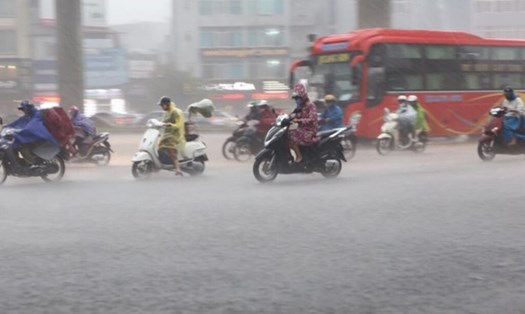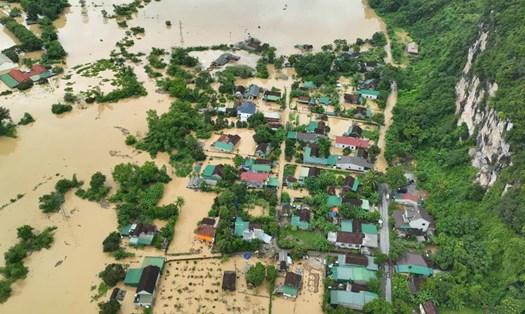According to the rain forecast from the National Center for Hydro-Meteorological Forecasting, on the night of July 30 and the morning of July 31, the Northern region recorded scattered showers and thunderstorms, some places had very heavy rain.
Rainfall measured from 7pm on July 30 to 8am on July 31 at some locations is as follows: Huoi Leng 1 (Dien Bien) reached 155.2mm, Pu Sam Cap (Lai Chau) 128.0mm, Chieng Cong (Son La) 125.8mm, and Ngoc Long (Tuyen Quang) 100.2mm.
From the evening of July 31 to the evening of August 1, the mountainous and midland areas of the North will continue to have moderate rain, heavy rain and thunderstorms; some places may have very heavy rain.
Total rainfall is generally around 20-60mm, some areas may record rainfall of over 120mm.
The time of rain is mainly concentrated in the afternoon and night. Warning of very heavy rain in some places, reaching over 90mm in just 3 hours.
The remaining areas in the North also have scattered showers and thunderstorms, some places have heavy rain with common rainfall from 10-30mm, locally over 70mm.
In the late afternoon and evening of July 31, heavy rain is also likely to occur in the Central Highlands and the Southeast, with local rainfall exceeding 50mm.
During thunderstorms, there is a possibility of dangerous weather phenomena such as tornadoes, lightning, hail and strong gusts of wind.
From the night of August 1, heavy rain in the mountainous and midland areas of the North will gradually decrease.
This rain is forecast to be at level 1 - a low risk level, but it is still necessary to be on guard against local extreme situations.
Heavy rain can cause flooding in low-lying areas, urban areas and industrial parks; there is a risk of flash floods on small rivers and streams and landslides on steep slopes and mountain passes.
When traveling to mountainous and midland areas of the North, Central Highlands and Southeast in the next two days, tourists should pay special attention to avoid traveling at night or during prolonged heavy rain.
Limit accommodation near mountainsides, positive slopes, and small rivers and streams.
Closely monitor weather warnings and follow the instructions of local authorities and tourist management boards.
Always bring raincoats, anti-smooth shoes, chargers and necessary items to cope with unexpected situations in bad weather conditions.






